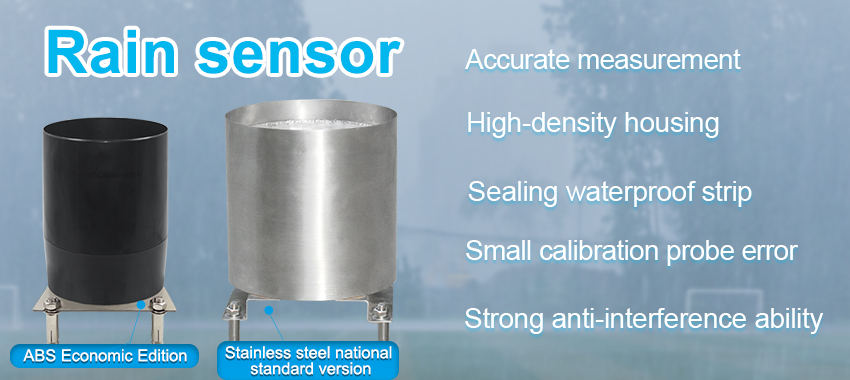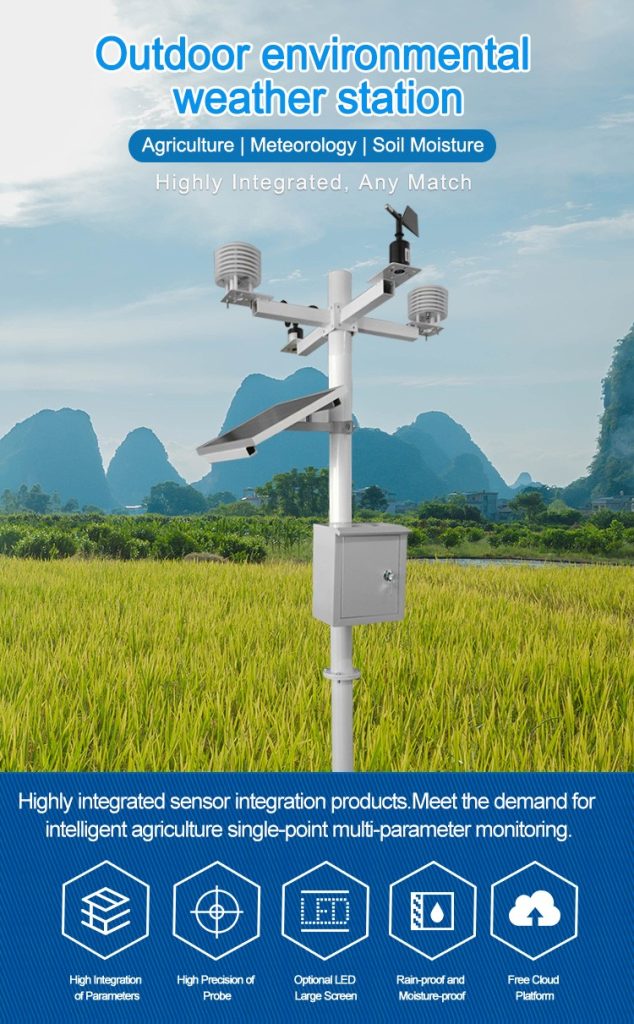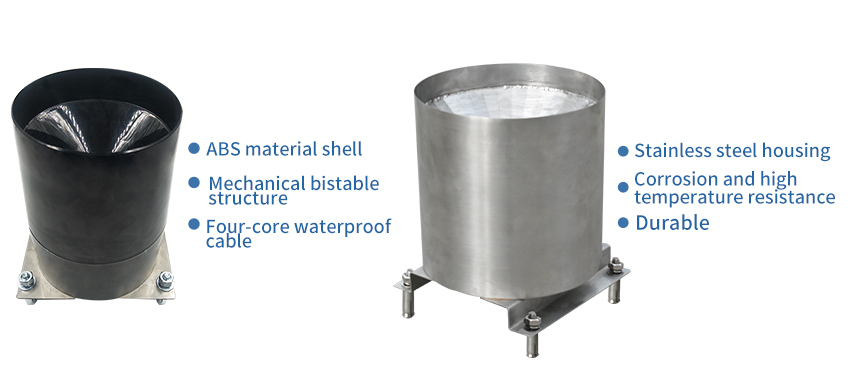Background:
Rain sensors improve safety and comfort while driving. If there’s a splash on the windshield, these sensors automatically turn on the wipers. Rainwater sensors are also widely used in agriculture and horticulture, providing multiple benefits not only to the user but also to the environment.

Rain sensor assembly
The optical system of rainfall sensor includes electronic control unit (ECU), ambient light sensor, lens, light receiving diode (LRD) and light emitting diode (LED). The outer surface of the windshield reflects light generated by the LED at an Angle of total reflection in the range of 42° to 63°. If the windshield contains water, some light will be coupled. As a result, the LRD generates less current, which is estimated by the electronics.
The area where light bounces from the windshield to the LRD is called the “sensitive area” of the sensor. The sensor’s detection of rainwater depends on the contact between water droplets and the sensitive area. When the ratio between the windshield area and the sensitive area is quite large, the system achieves reliability and sensitivity

Functional principle
The Infrared (IR) transmitter unit emits IR light that is directed through the lens to the windshield. An infrared receiver at the other end of the lens measures the intensity of light reflected from the windshield. If the sensitive area of the windshield is dry, the light will be fully reflected. Therefore, the light intensity measured by the IR receiver is very high. If the sensitive area of the windshield is wet, part of the windshield light will be destroyed. As a result, the intensity of light decreases. The intensity of light is related to the amount of water on the windshield. If the light intensity is low, the amount of water on the windshield is high.
Rainfall sensors and types of application for irrigation
Rainfall sensors are a major component of automated systems used in areas where rainfall is observed during irrigation months. These devices automatically shut down the irrigation system when they receive the required rainfall and restore the system to its preset conditions when the equipment dries.
In Florida, installing rain sensors in irrigation systems has been mandatory since 1991. However, the use of rainfall sensors is limited in areas with winter rainfall due to little or no irrigation.JXCT is an experienced equipment manufacturer, welcome to consult
The main advantages of rainfall sensors used in irrigation systems are as follows:
1.cheap
2..Less setup time
3.Improved performance and reliability

Automobile rainfall sensor
A rain sensor on the windshield detects the movement of the wiper and rain water without disrupting the driver’s view. The sensor device can control the wipe action at variable speed when the system is on. The following two sensor systems are commonly used
Rain sensors in the network: These sensors are connected to a bus system through which all information and commands can be sent and received
Independent rainfall sensors: These rainfall sensors are directly connected to the wiper motor parking signal, wiper motor relay and wiper column switch
Analog signal evaluation
The components used to evaluate analog signals are discussed in detail in the following sections.
The transmitter
Emitters include a current source, a digital-to-analog converter (DAC) and an LED. Since the light conversion efficiency is variable, it is necessary to adjust the emitter current. In order to increase the current and reduce the power loss of the LED, the light from the LED is pulsed.
The receiver
The receiver has an amplifier, a current-to-voltage converter, an LRD, a filter for avoiding low-frequency or DC offset, and an analog-to-digital converter (ADC), which is contained in the microcontroller. The microcontroller turns the LED on or off to control the light path. Variable current-voltage converters are used for wide transmission ranges. The signal is filtered after the conversion and then amplified. The amplified signal is converted using an ADC.
Micro controller
The entire system is controlled by a microcontroller, which also evaluates the signal. Determine the best working point before performing the measurement. The microcontroller generates a signal between the upper and lower limits of the receiver. At this point, the sensor starts working. Evaluate signals and interference repeatedly. In addition, an additional sensor measures ambient light to identify day/night conditions.